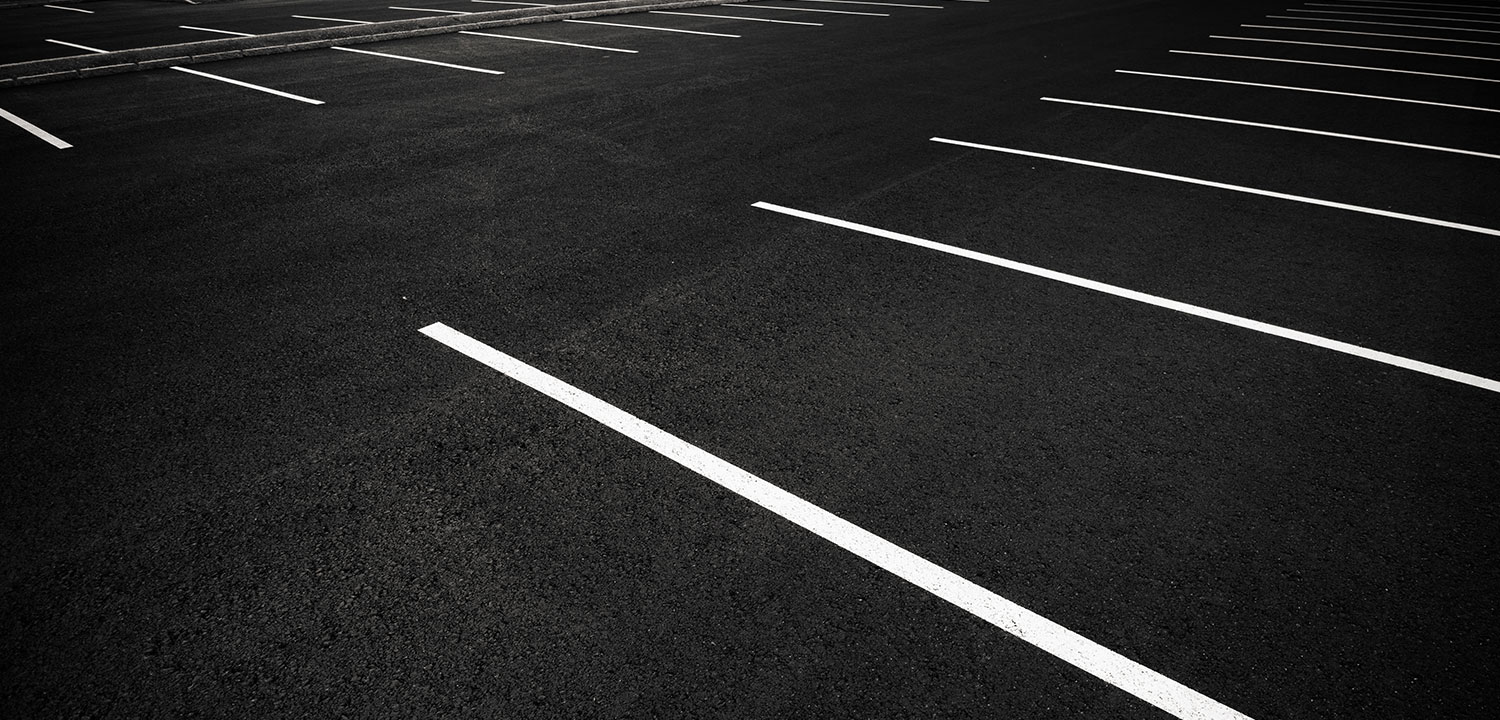Recent Articles.
Our latest articles including FAQs, tips, resources, & more
Find A Paving Company.
Explore our directory to find a paving company that can help you with your next paving project. Our pro network includes companies in every state in the country. Learn more about these companies and see what people have to say about their work.


